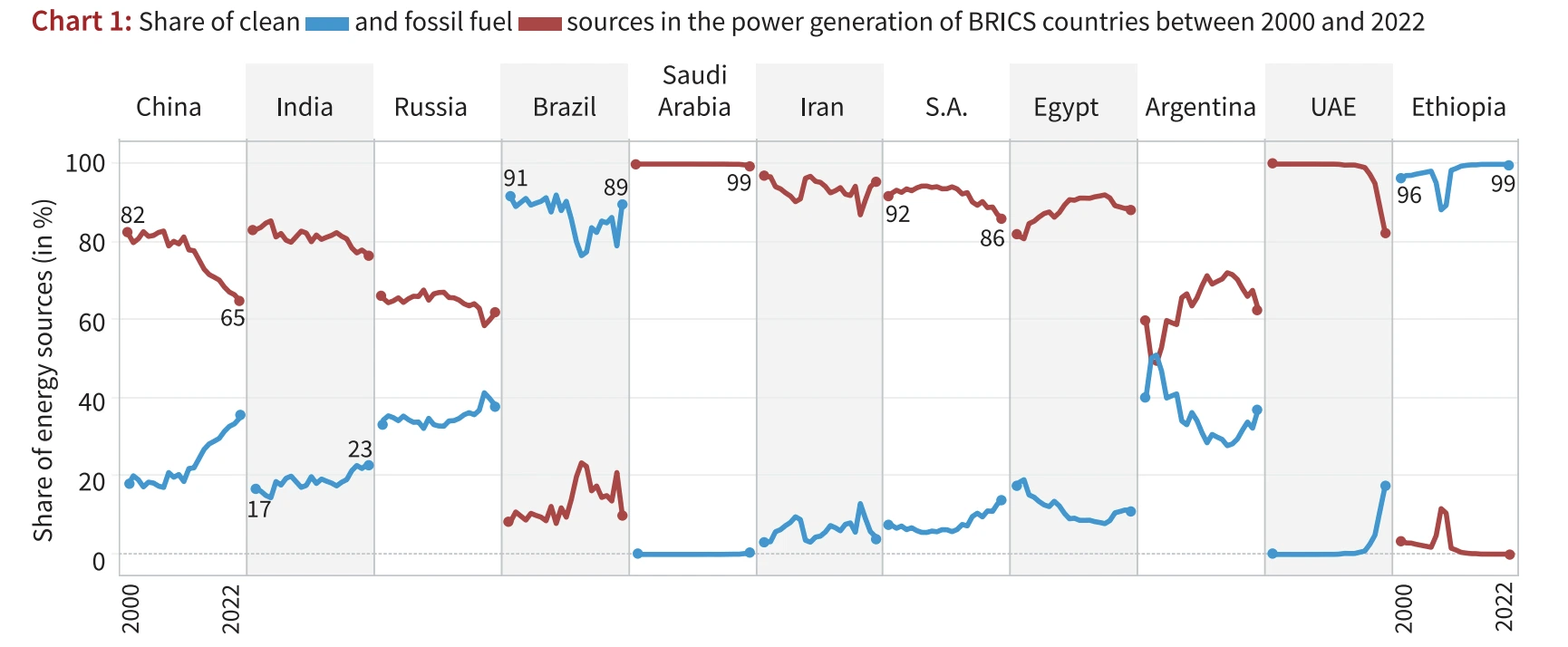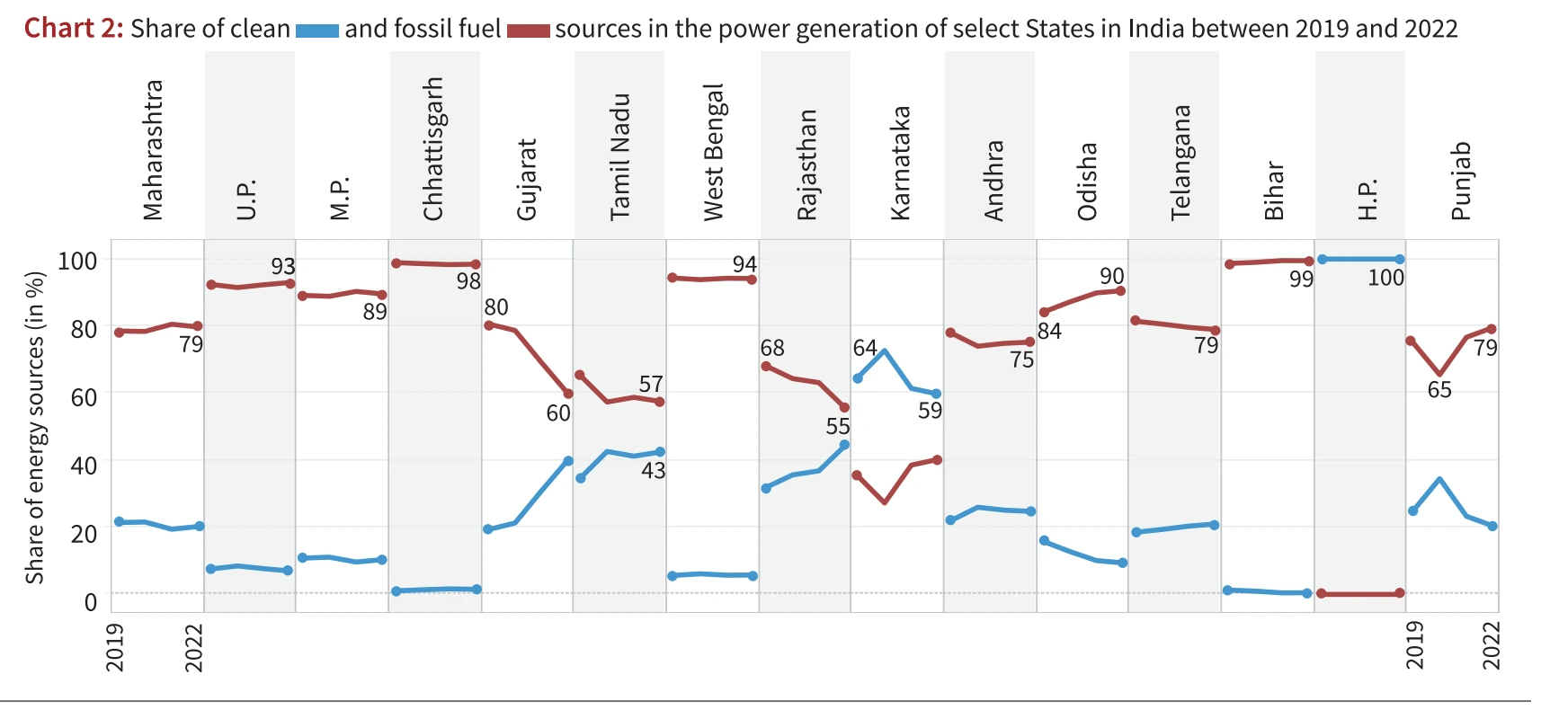Context: For the first time, Kerala organizes Transplant Games, a competitive sporting event for organ transplant recipients and donors.
|
World Transplant Games Federation (WTGF): A worldwide organization representing more than 70 countries, has celebrated the success of organ transplantation and the gift of life through competitive sporting events for transplant recipients since 1978. |
|---|
Organ Transplantation in India:
Transplantation of Human Organs (Amendment) Act, 2011:
|
|---|
Source: The Hindu
Context: In a recent judgment, the Supreme Court (SC) ruled that Governors acting in their statutory capacity as University Chancellors are not bound by the aid and advice of the Council of Ministers.
Recent developments: Recently, some states have taken steps to reduce the oversight of the Governor in-state public universities.
Also Read: Governor Can’t Keep Bill Pending Indefinitely
Source: The Hindu
Context: The Defence Acquisition Council (DAC), accorded approval in respect of Acceptance of Necessity (AoNs) for various Capital Acquisition Proposals amounting to Rs 2.23 lakh crore.
About Defence Acquisition Council (DAC):
|
|---|
Defence Acquisition Council’s Recent Procurement Decisions:
Also Read: Defence Procurement Procedure 2020
Source: PIB
Context: In 2023, Nagaland is celebrating its 61st Statehood Day. The Prime Minister has greeted the people of Nagaland on their Statehood Day.
|
Naga Issue:
Naga Peace Accord:
|
|---|
Hornbill Festival
News Source: HT
Context: India’s G20 presidency spanning from December 1, 2022, to November 30, 2023, marks a significant chapter in global cooperation.
What were the key highlights during India’s G20 presidency?
About G20:
Structure of G20:
Know more about What Is G20 Summit? Presidency, Headquarters, Countries here. |
|---|
What were the key achievements during India’s G20 Presidency?
India’s G20 Presidency was significant because of the government’s push to popularize and “democratize” the G-20 within India, inviting about 1,00,000 delegates from over 125 countries to about 200 meetings in more than 60 Indian cities.
News Source: Economic Times
Context: India and the US are confronted with a major diplomatic challenge, as an Indian intelligence official stands accused of orchestrating a plot to kill Khalistan separatist Gurpatwant Singh Pannun in New York.
US allegation:
|
SIKHS FOR JUSTICE (SFJ): SIKHS FOR JUSTICE is a United States-based group seeking a separate homeland for Sikhs — a “Khalistan” in Punjab
|
|---|
India’s response:
Also Read: Khalistani Groups and India’s Diplomatic Challenge in the Face of Allegations
Source: Bussiness Standard
Context: COP28 participants reached a groundbreaking consensus to operationalize a Loss and Damage Fund, a crucial step towards addressing the devastating consequences of climate change for vulnerable countries.
Loss and Damage Fund: Key Highlights
Also Read: COP28 Climate Summit
Genesis of Loss and Damage Fund:
| COP 19, 2013 |
|
| COP 25, 2019 |
|
| COP 26, 2021 |
|
| COP 27, 2022 |
|
| COP 28, 2023 |
|
Source: The Hindu
Context: Recently, Cochin Shipyard Limited (CSL) launched the first three vessels of the Anti Submarine Warfare Shallow Water Crafts for the Indian Navy.
About Anti submarine Warfare ships:
Source: The Hindu
Context: Recently, the World Meteorological Organization released a provisional ‘State of the Global Climate report’ on the sidelines of the COP-28 meet in Dubai.
World Meteorological Organization (WMO)
|
News Source: Economic Times
Context: This article is based on the news “Must assess ethical, social and cultural risks of climate engineering along with climate action: UNESCO report” Which was published in the DTE. UNESCO’s World Commission on the Ethics of Scientific Knowledge and Technology (COMEST) has published its first-ever report on the Ethics of Climate Engineering.
| Relevancy for Mains: Climate Engineering, UNESCO, COP28 Climate Summit In Dubai, Intergovernmental Panel on Climate Change (IPCC), Solar Radiation Modification (SRM), and Carbon dioxide removal (CDR).
Relevancy for Mains: The ethics of climate engineering, as highlighted in UNESCO’s report, holds significance for the UPSC Mains Exam as it addresses crucial aspects such as environmental justice, moral hazards, and the potential consequences of deploying climate-engineering technologies in the context of global climate change mitigation and adaptation efforts. |
Also Read: World Climate Action Summit – COP28
The ethical dimensions of climate engineering, as outlined by the UNESCO report, necessitates a careful balance between addressing the urgent challenges of climate change and safeguarding against potential risks, emphasising the importance of inclusive governance, scientific integrity, and ethical considerations in shaping the trajectory of climate action.
Context: This article is based on the news “No progress at WTO agri talks; stockholding issue eludes consensus” Which was published in the Indian Express. The mini-ministerial meeting on agriculture at the World Trade Organization (WTO) was held recently.
| Relevancy for Mains: World Trade Organization (WTO), Agreement on Agriculture, PMGKAY scheme, Public stockholding (PSH), Market Price Support (MPS), and Special Safeguard Mechanism (SSM).
Relevancy for Mains: India is under pressure in the WTO agriculture talks due to subsidy concerns, focusing on PSH challenges, PMGKAY scrutiny, and fair trade rules, crucial for UPSC Mains on global trade dynamics and India’s stance. |
|---|
What are the key highlights of the mini ministerial meeting on agriculture at the World Trade Organization?
G33 coalition:
Agreement on Agriculture (AoA) under World Trade Organization:
Peace clause:
|
|---|
The recent World Trade Organization meeting on agriculture didn’t make much progress due to disagreements between rich and poor countries. India faces challenges with its food security programs, and there’s a need for fair global trade rules that consider the concerns of developing nations.
|
Prelims Question (2016) In the context of which of the following do you sometimes find the terms ‘amber box, blue box and green box’ in the news? (a) WTO affairs (b) SAARC affairs (c) UNFCCC affairs (d) India-EU negotiations on FTA Ans: (a) |
|---|
Context: According to the World Malaria Report 2023, Malaria cases continue to dip in India but they are up globally.
About World Malaria Report:
|
|---|
Also Read: Climate Change And Rising Disease
|
Indian Initiatives to Control Malaria: National Framework for Malaria Elimination (2016-2030)
|
|---|
Source: Indian Express
Context: ISRO (India) is set to launch its first X-Ray Polarimeter Satellite.
Source: The Hindu
Context: Countries around the world are currently navigating their strategies for combatting climate change, with each nation bringing its own set of concerns and interests to the forefront at the U.N. climate summit in Dubai, UAE.
BRICS Unity for Climate: Demanding Finance and Fair Play
BRICS Power Generation Trends (2000-2022)

Power Generation Trends in Select Indian States (2019-2022)

Also Read: World Climate Action Summit – COP28
Context: The Privileges Committee of Rajya Sabha was convened recently to discuss unresolved complaints against Opposition MPs.
Rajya Sabha Privileges Committee
What is Privileges Committee?
What is a Privilege Motion and who can move it?
News Source: The Hindu
<div class="new-fform">
</div>